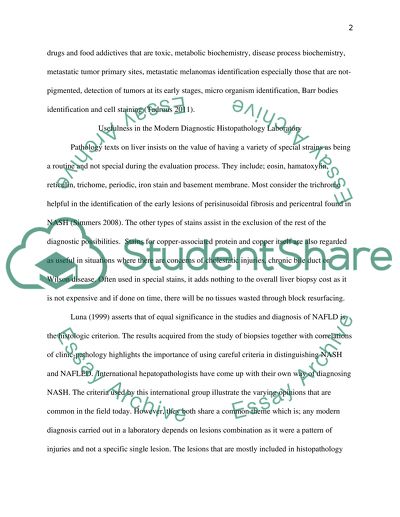Cite this document
(“Special Stain: Usefulness for Modern Diagnostics Histopathology Essay”, n.d.)
Retrieved from https://studentshare.org/health-sciences-medicine/1436856-define-the-term-special-stains-and-critically
Retrieved from https://studentshare.org/health-sciences-medicine/1436856-define-the-term-special-stains-and-critically
(Special Stain: Usefulness for Modern Diagnostics Histopathology Essay)
https://studentshare.org/health-sciences-medicine/1436856-define-the-term-special-stains-and-critically.
https://studentshare.org/health-sciences-medicine/1436856-define-the-term-special-stains-and-critically.
“Special Stain: Usefulness for Modern Diagnostics Histopathology Essay”, n.d. https://studentshare.org/health-sciences-medicine/1436856-define-the-term-special-stains-and-critically.


